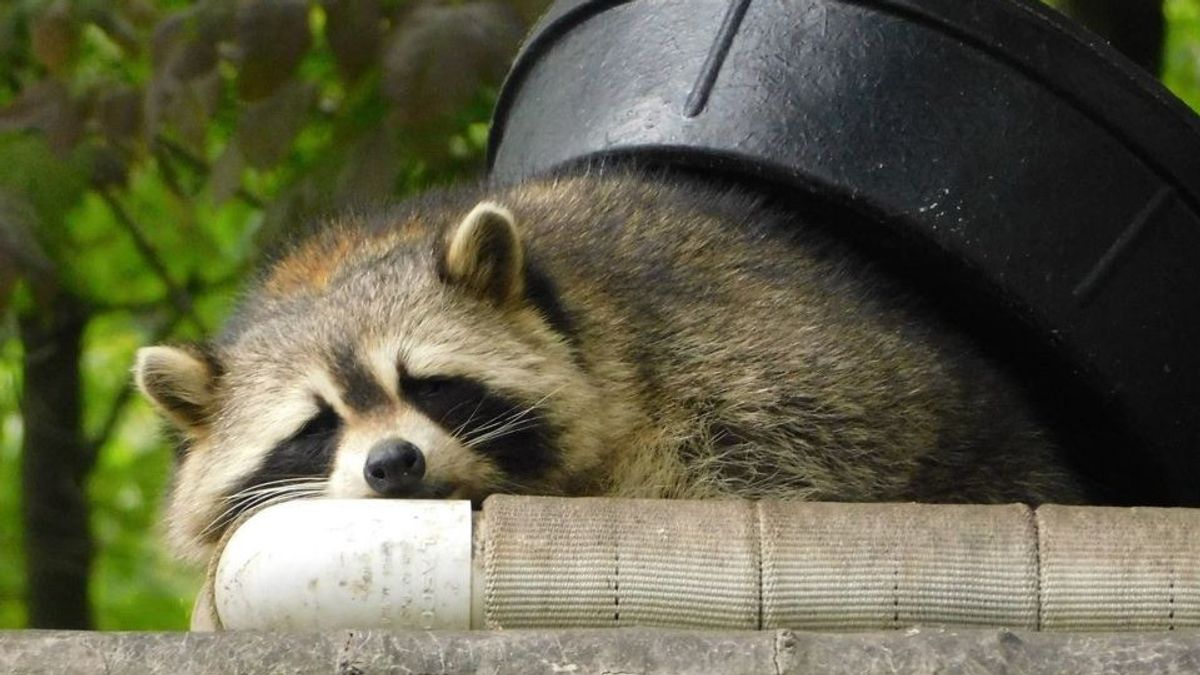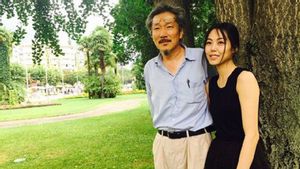YOGYAKARTA - Huns and civets are often considered the same, even though they are both of the mammal genus, but they are different! Let's know what the difference between here and the civets is below!
Although the two often look the same because their size and habitat,iri and civets have many basic differences that make them unique.
Untuk mengetahui perbedaan baliknya serta pesang yang mudah terlihat, ikuti pembahasannya di sini.
Here are some of the most easy-to-see civets and civets.
I. Behavior and Habits
Rakun is known to be smart and has good manipulative abilities with its front claw. They often appear to wash food in the water before eating it.
Musang is generally more solitary and nocturnal, with varied attitudes depending on the species, but usually more shy and tends to stay away from interactions with humans.
II. The role of Ecological
The seasons function as scavengers who help clean the environment from food and carcasses, and control the population of insects and other small animals.
Musang also functions in controlling the population of insects and squirrels, and helping the spread of seeds and pollinating some plant species.
III. Interaction with Humans
It is common to be in constant contact with humans, especially in urban areas, where they can become pests because of their habit of looking for food in trash cans.
Musang generally has limited interaction with humans, but some species can become pests on plantations or poultry farms.
IV. Classification and Family
The reunion is included in the Procyonidae family, which makes them closer evolutionally to animals such as kinkajou and coati.
Musang, depending on its species, belongs to the Viverridae or Herpestidae family, which also includes mongoos.
V. Physical Appearance
The flat has a medium-sized body with brownish gray fur, and its distinctive characteristic is black top near the eyes and tail with black rings.
Musang, on the other hand, has a slimmer and longer body with various colors of fur such as brown, gray, or dark, and often with a pattern of stripes or spots.
SEE ALSO:
VI. Habitat and Distribution
The seasonings live in various habitats, including forests, territorial waters, and even urban areas. They are native animals from mainland North America.
Musang has a variety of habitats depending on its species, from the tropical forest of Asia to the African highlands it has certain species of civets.
VII. Eating Habits
Rakun is an omnivore that eats various types of food such as insects, fish, fruits, and human cuisine.
They are popular because they are popular in search of food. Musang is also an omnivore with a more varied diet, including fruits, insects, mice, birds, and eggs.
In addition, 'Heboh Musang Liar Indicated Rabies In Cipayung, East Jakarta'.
So after knowing the various differences between sickles andHUsts, see other interesting news on VOI.ID, it's time to revolutionize news!
The English, Chinese, Japanese, Arabic, and French versions are automatically generated by the AI. So there may still be inaccuracies in translating, please always see Indonesian as our main language. (system supported by DigitalSiber.id)

















